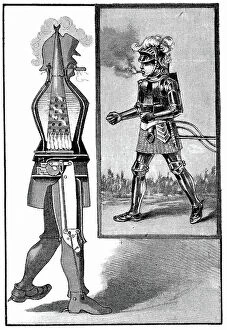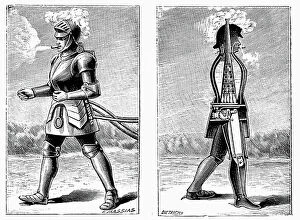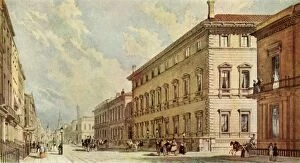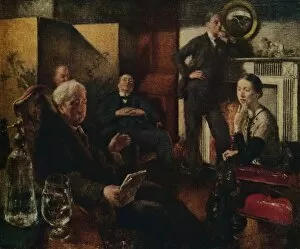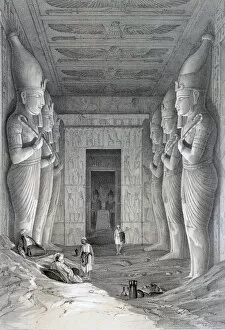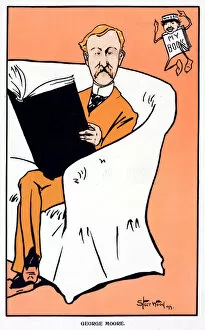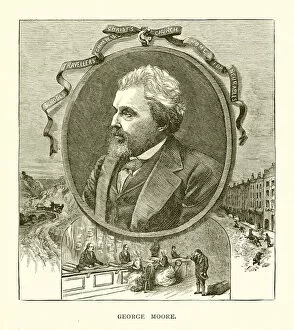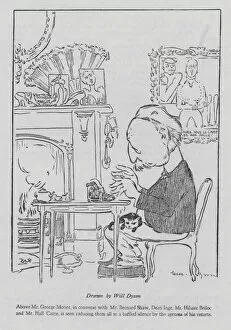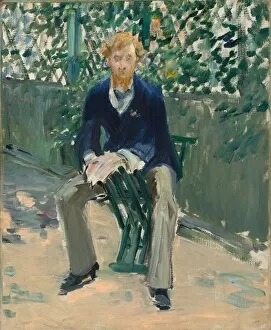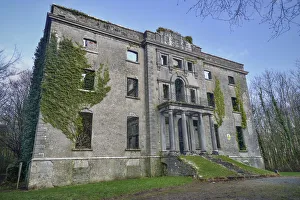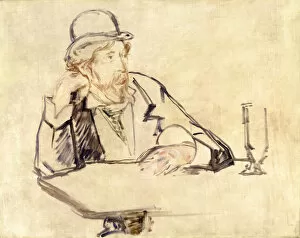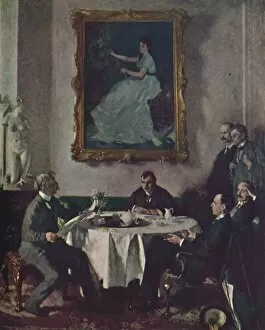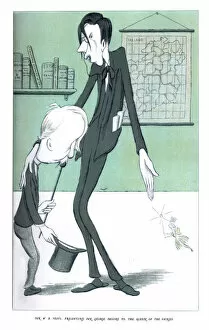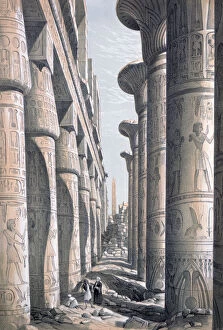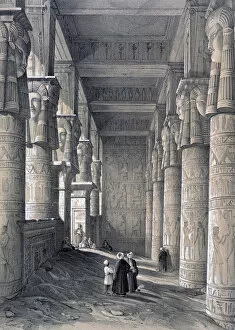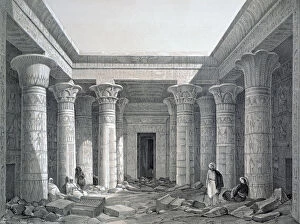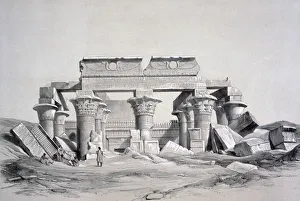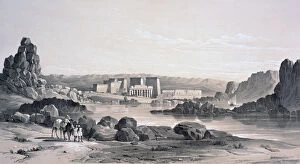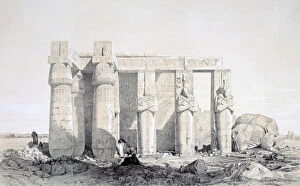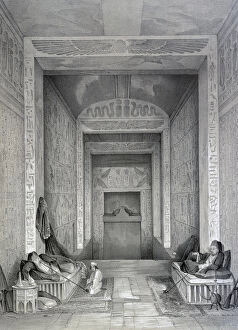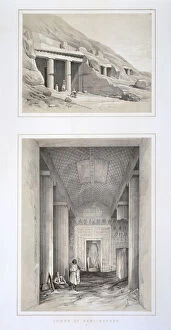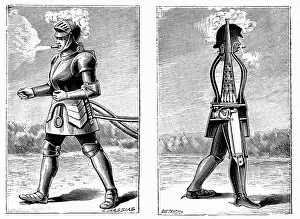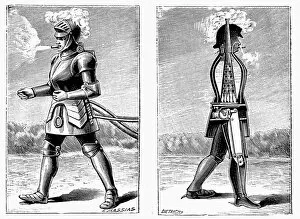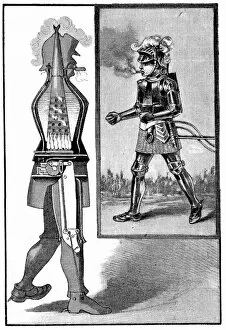George Moore Collection
George Moore was a multi-talented individual whose life and work spanned various fields and locations
For sale as Licensed Images
Choose your image, Select your licence and Download the media
George Moore was a multi-talented individual whose life and work spanned various fields and locations. Born in 1837, he became a prominent figure in the literary world as an Irish author. However, his interests extended beyond writing. In London's prestigious Pall Mall, George Moore was a member of The Reform Club, immersing himself in intellectual discussions and debates with like-minded individuals. It was here that he found inspiration for his literary endeavors. One of Moore's notable works is "Saturday Night in the Vale, " created between 1928-9. This piece showcases his artistic talent under the guidance of Henry Tonks. Through this painting, Moore captures the essence of a vibrant evening filled with joy and revelry. Moore's passion for art can also be seen through other mediums such as lithography. In one particular litho from 1899, we see him depicted as an Irish author immersed in his craft at his typewriter – a testament to his dedication to storytelling. Not only did Moore find inspiration within himself but also from others around him. Edouard Manet captured him amidst nature's beauty in "George Moore in the Artists Garden" circa 1879 – showcasing their friendship and shared appreciation for art. Moore's connection to Ireland is evident throughout his life and work. From County Mayo's iconic Moore Hall to being immortalized by Max Beerbohm presenting him to the Queen of Fairies alongside WB Yeats – these moments reflect his deep roots within Irish culture. However, it wasn't just literature or art that fascinated George Moore; he had an affinity for ancient civilizations too. His depictions of Egypt's Great Temple at Karnac and Denderah showcase not only his artistic skill but also highlight his interest in history and archaeology. George Moore lived a richly diverse life filled with creativity, intellectuality, cultural exploration, and friendships with renowned artists like Manet and Orpen.

